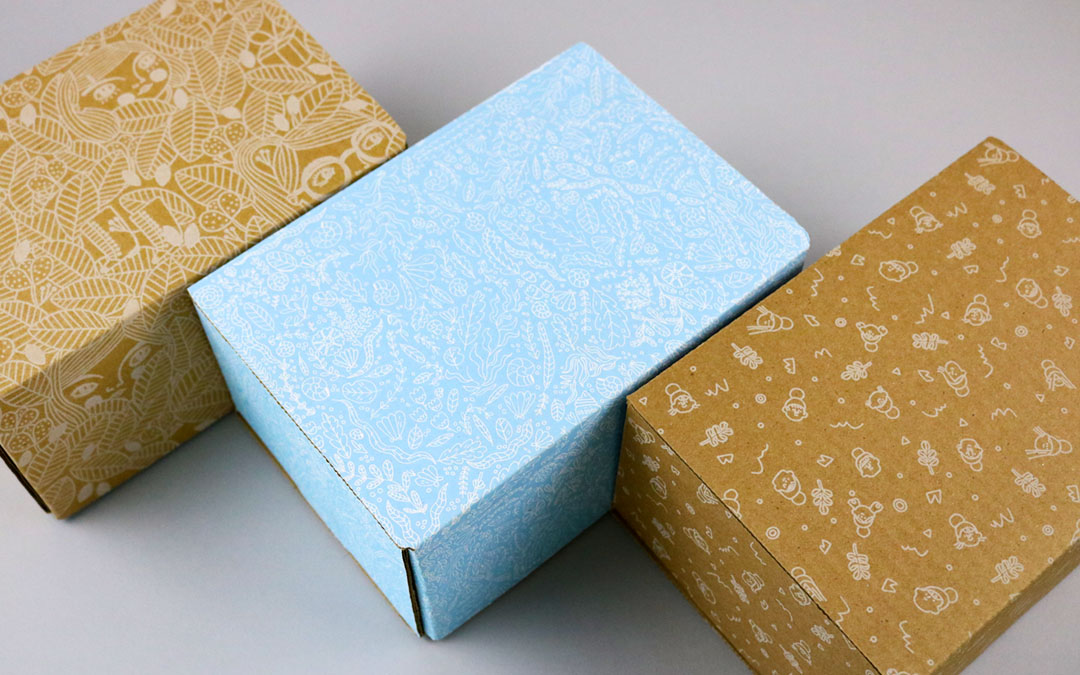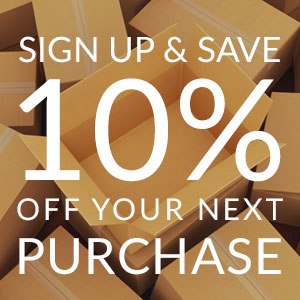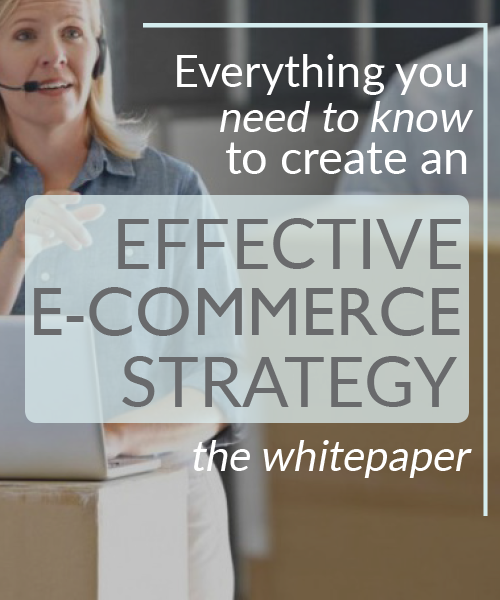Stepping into the custom packaging ring can be intimidating. It’s tough to know where—or even how—to start. But, as with most things in life, getting started is really all that counts. And as the shipping carton that businesses use most, custom boxes are a great choice for first-timers. In the world of packaging, there are plenty of terms and concepts to learn, so let’s look at printing techniques. Here’s 3 you’ll need to know when it comes to how to print on corrugated boxes.
Flexographic Print Boxes
AKA relief printing. The design being printed is broken down into a series of plates. Each of these plates—which are coated in a light-sensitive polymer and developed using a technique akin to darkroom photography—will apply separate colours to the custom box. The plates are mounted onto large rotating cylinders which transfer the ink (and design) directly onto corrugated board as it’s fed through.
Flexographic printing is most often used for flood coating, edge-to-edge printing and designs that contain a lot of text. As every colour used requires the creation of a plate, it’s not recommended for designs that involve detailed graphics. However, its speed and high-volume capabilities make it the most commonly used format for how to print on boxes.
Lithographic Print Boxes
AKA offset printing and litho-lamination. Once again, the design is broken down into a series of colour-specific plates. Once developed, these plates become “charged” and are mounted onto a plate cylinder. The image (positive) on a plate accepts ink from the ink roller, while the non-image areas (negative) repel the ink and accept water from the water roller. This means your image is clear and free of any ink blemishes as it passes onto the blanket cylinder, which then prints it directly onto paper.
From there, the finished print is laminated onto corrugated board, then cut and assembled. Lithographic printing is great for detailed, colourful, high-resolutions graphics. It provides the most potential and flexibility for design and branding choices—but as a result, it’s also the most expensive option for how to print on boxes.
Digital Print Boxes
AKA the (relatively) new guy on the block. Unlike the other printing methods on this list, digital printing does away with the need for printing plates and lamination processes. Using the CMYK ink spectrum, it quickly and accurately replicates digital imagery on a printing surface. However, while its convenience and speed bring about a reduced cost, it also comes with some caveats.
Large blocks of colour that are traditionally flood coated can have colour imperfections. And the type of corrugated board used can affect how crisp the ink edges are and how vibrant some colours appear. Still, digitally printed boxes are ideal for businesses looking to step into the world of custom packaging, create short-run packaging, and even take advantage of these possible printing drawbacks.
There’s plenty to consider when it comes to deciding how to print boxes. Cost, speed and quality all bring their own requirements or limitations to the table, and you need to decide what matters most to the creation of your custom printed boxes.
Be sure to stop by our custom shop and see what the world of custom packaging has to offer you. And if you don’t see what you’re looking for, or have any packaging-related questions, please don’t hesitate to get in touch with us. Let’s see what we can create together.




